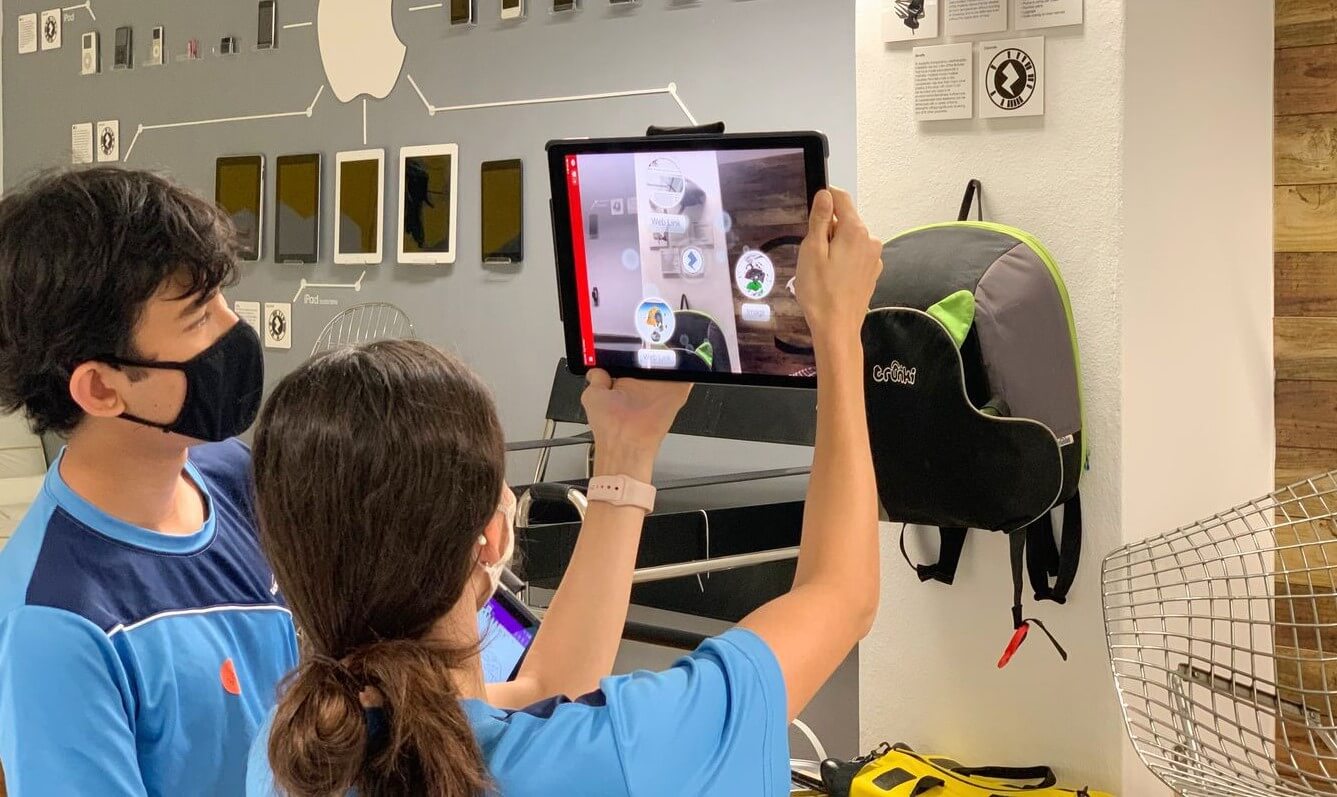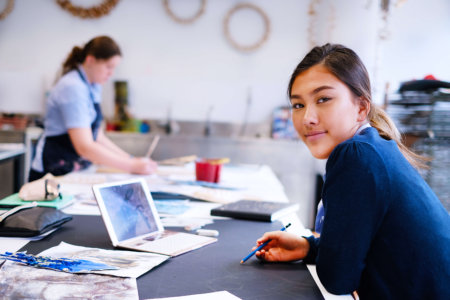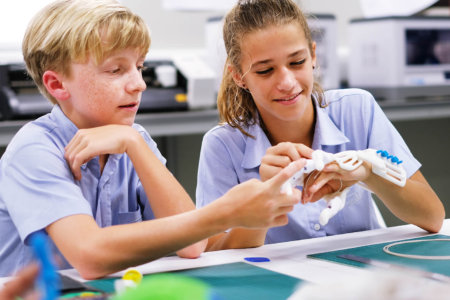Step into the oldest British international school in Southeast Asia and you’ll find budding innovators — as young as three years old — building the future. Located in Portsdown Road, just a 15-minute drive from Singapore’s dynamic city centre — Tanglin Trust School has over 95 years of experience and excellence to prepare today’s pupils to lead tomorrow’s digital revolution.
At this school, recognised as “outstanding” by the British Schools Overseas (BSO) framework, any student can get in on the action, even the youngest. The science agrees with this approach.
The ages between zero and eight are the most important and sensitive period of brain development. What happens during this crucial period has a key impact on the architecture and organisation of the brain. Using evidence-based pedagogy, Tanglin educators have designed a learning experience that goes beyond the ABCs and 123s. They are laying the strongest foundations for the total development of each individual through a nurturing and child-centred approach.
They do this by harnessing the full power of meaningful play. Little learners, between three to five years old, are free to find their confidence, explore new experiences, think outside the box, and mastermind their own unique ideas. From being the first nursery in Asia to achieve Curiosity Approach accreditation status to introducing role play exercises in the Early Years Foundation Stage and a LEGO robotics programme from Infants through Juniors, this school has both the accolades and offerings to spark imaginations.
This innovative streak continues into Senior School. Pupils in year nine and up can tinker with the latest technologies at the Design and Technology (D&T) department.
This well-equipped studio, at the “vanguard of creative teaching,” was opened by Apple’s Head of Product Marketing for India and SEA and is led by James Bleach. The award-winning Mr Bleach has also created an online D&T resource network to share his innovative teaching materials with thousands of teachers and professionals worldwide; consulted for the Design and Technology Association (DATA) that advised the Ministry of Education in the UAE; as well as training staff for Cambridge University in developing environments and curricula, among others.
The ability to prototype and manufacture products is making an impact throughout the Tanglin community and curriculum. “Traditionally, the subject was mainly driven by the material. Now, the focus is more about empathy, anthropology, problem spotting and solving,” he explains. “The solution defines the material. There is more freedom; in a Year 9 class, you might have 24 very different projects going on at the same time. An open-plan approach means students can play to their strengths — and practically, of course, it allows teachers to safely manage those.”
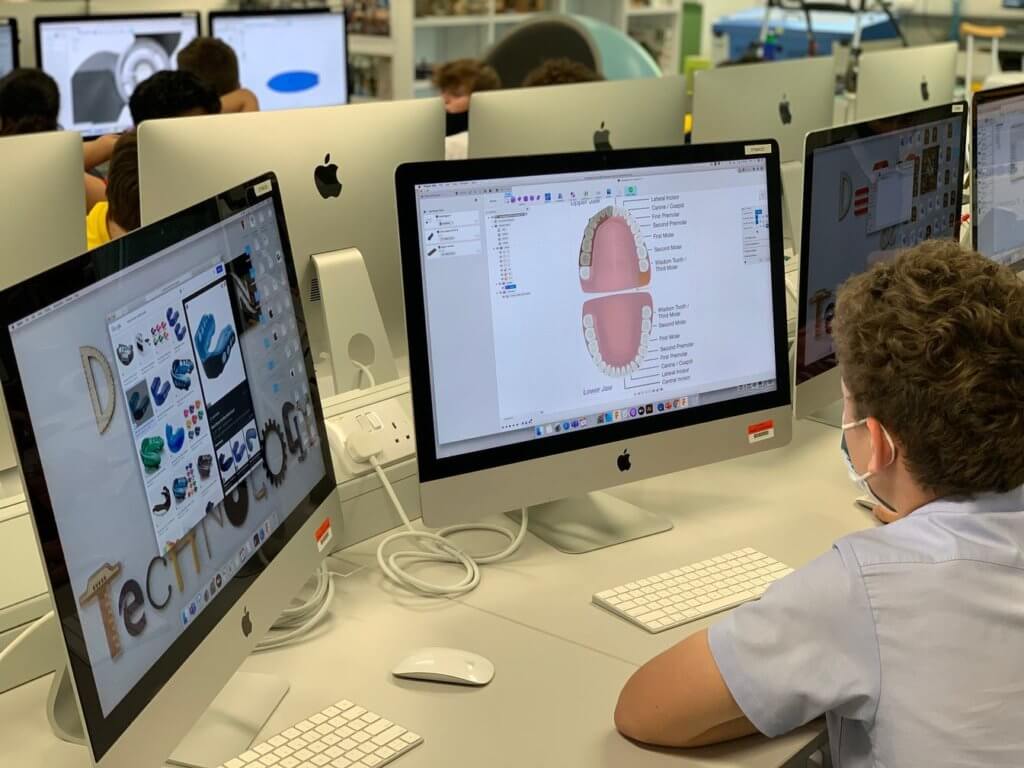
The Design and Technology department is equipped with the latest technologies. Image source: Tanglin Trust School
With guidance from the D&T staff, pupils are crossing the traditional boundaries between creative and scientific disciplines with ease. “The D&T curriculum emphasises the learning journey,” James explains. “It is important to create a positive learning environment where students don’t fear trying new things, and have the opportunity to build, experiment and test things to destruction. It’s vital to understand why and how something fails, to understand how to make something better.”
Where future Chloe Zhaos and Stanley Kubricks discover their passion
On some days, it can be easy to mistake Tanglin’s Junior School for a film set. From the age of seven, pupils are making short films and exploring various production roles. They learn to compose shots, record sound and edit their work in iMovie — selecting their best takes, crafting titles, and pairing visuals with audio. They gain in-depth knowledge of film grammar and industry-standard production methods. In Senior School, they progress to reading relevant audio-visual media and brainstorming their own compelling productions.
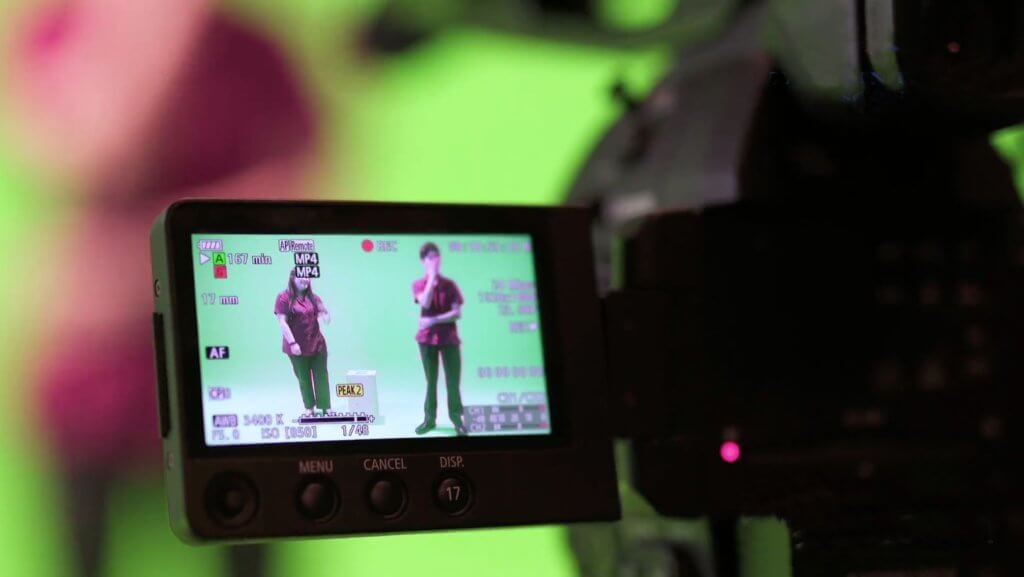
Senior School students channel their inner Oscar winner by developing their unique audio-visual style. Image source: Tanglin Trust School
“Central to our approach in teaching film and media is the notion that creative thinkers and dynamic communicators should be able to decode the social and cultural messages and values which are embedded in all moving image texts,” Stephen Coughlan, Head of Senior Film Studies, explains. “With that understanding, they also gain insight into how to develop their own audio-visual voice.”
State-of-the-art technology lets pupils realise their vision. Classes are equipped with iMac computers loaded with Final Cut Pro X for editing; Cinema 4D for 3D animation; Adobe After Effects for composition and motion graphics; and Adobe Photoshop, Illustrator, and InDesign for graphic design. The school library has over 500 films and an expansive collection of film books. Post-production facilities include a sound design room, colour grading suite and 40-seat screening room.
“The facilities are better than some universities I’ve seen. They give students the opportunity to collaborate, share ideas and make films together. I wouldn’t leave the suites if I was here!” enthuses Dan Sully, an award-winning British film director.
It’s an environment that attracts the greats of film innovation. Visit this historic school and you might bump into notable guests such as Jim Parkyn (a senior model maker with credits in films like “Chicken Run” and “Wallace and Gromit”); Dave Whitehead and Michelle Child (sound designers for “Lord of the Rings” and “Blade Runner 2049”, among others); as well as Ben Lock (Bafta-winning animator and producer who worked on “Star Wars, The Force Awakens”; “Aquaman” and “Transformers”).
Follow Tanglin Trust School on Facebook, Twitter, and YouTube

